A Sales Agreement is a vital legal document that outlines the terms and conditions of a transaction between a buyer and a seller. It defines the rights, obligations, and…
continue reading
65+ Sample Medical Agreement Templates
-
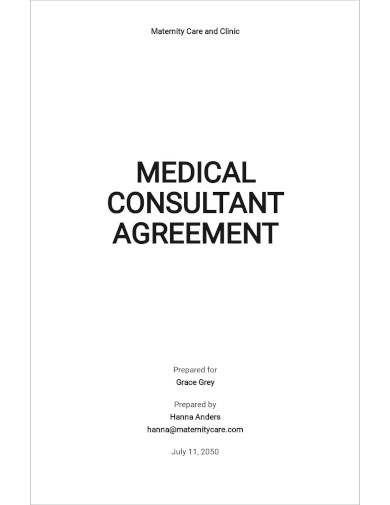
Medical Consultant Agreement Template
download now -
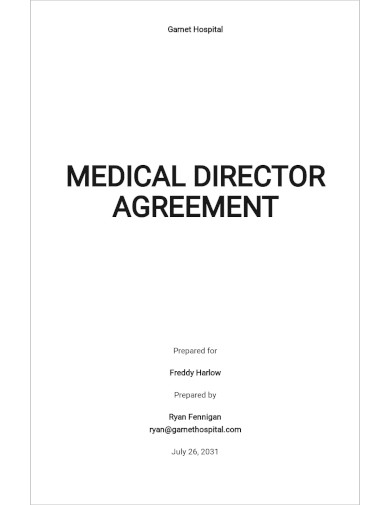
Medical Director Agreement Template
download now -

Medical Services Agreement Template
download now -
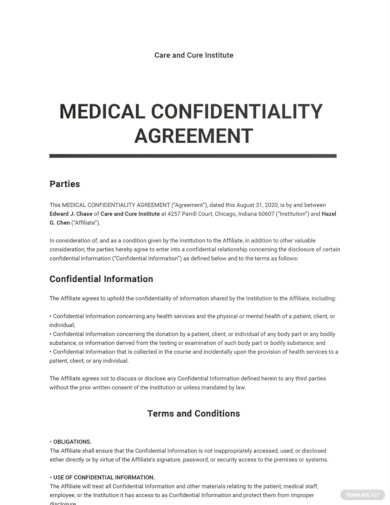
Medical Confidentiality Agreement Template
download now -
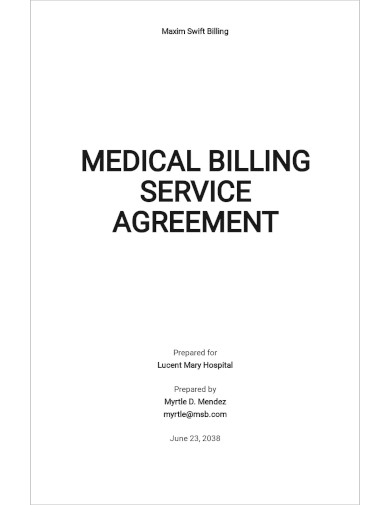
Medical Billing Service Agreement Template
download now -
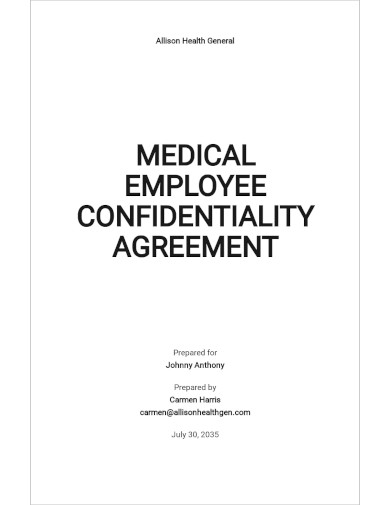
Medical Employee Confidentiality Agreement Template
download now -
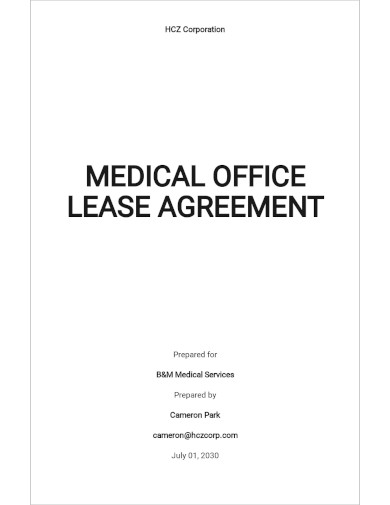
Medical Office Lease Agreement Template
download now -
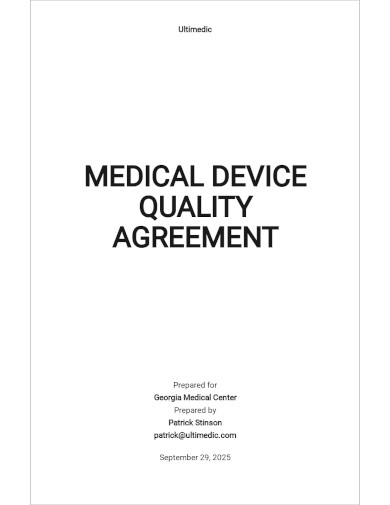
Medical Device Quality Agreement Template
download now -
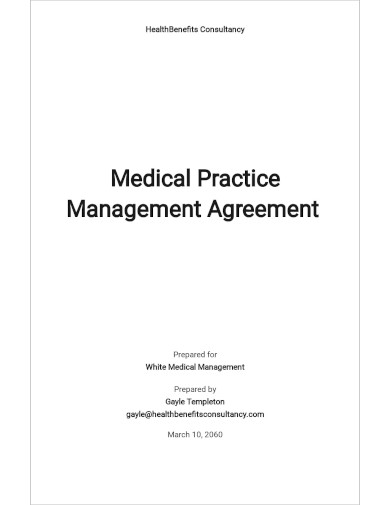
Medical Practice Management Agreement Template
download now -
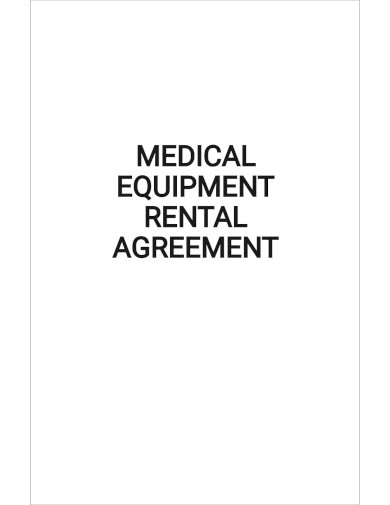
Medical Equipment Rental Agreement Template
download now -
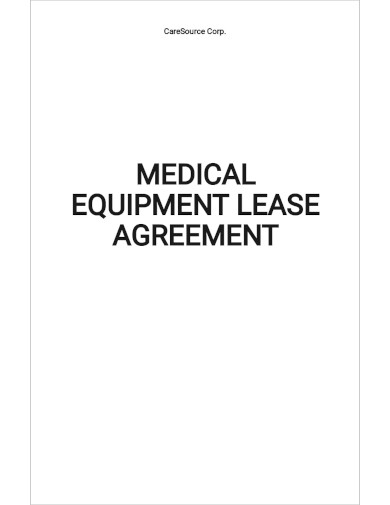
Medical Equipment Lease Agreement Template
download now -
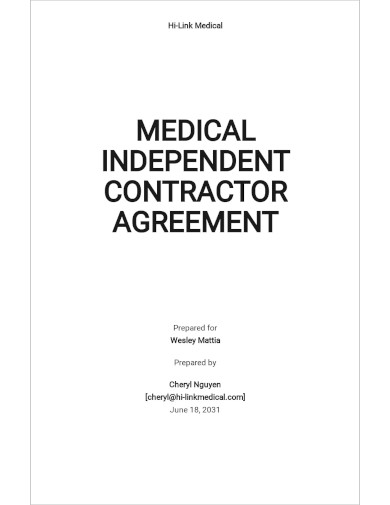
Medical Independent Contractor Agreement Template
download now -
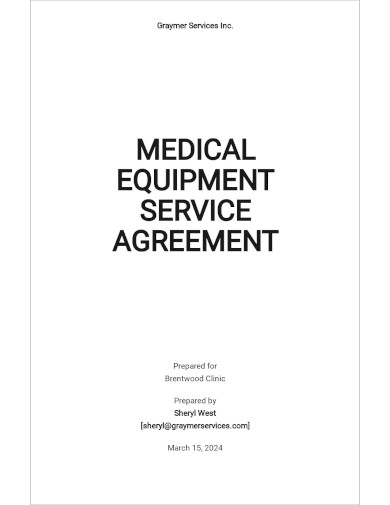
Free Medical Equipment Service Agreement Template
download now -

Free Medical (Patient) Payment Plan Agreement Template
download now -
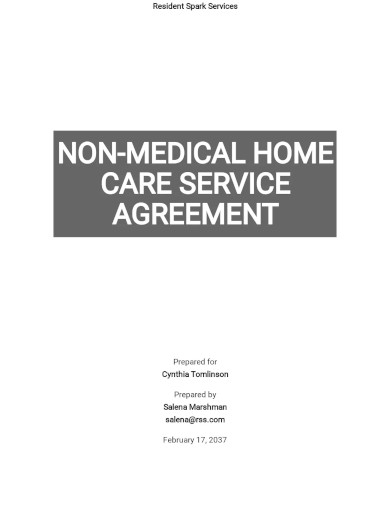
Non Medical Home Care Service Agreement Template
download now -
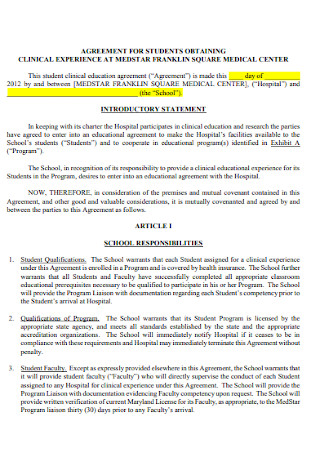
Medical Students Confidentiality Agreement
download now -
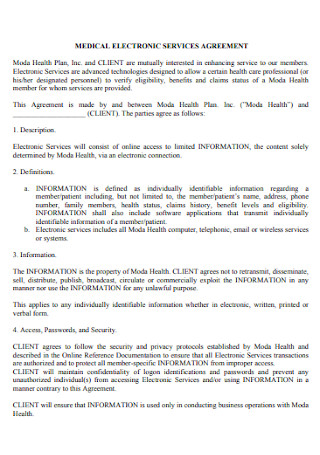
Medical Hold Harmless Service Agreement
download now -
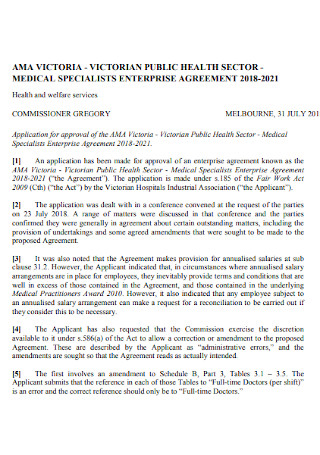
Medical Specialists Agreement Letter
download now -
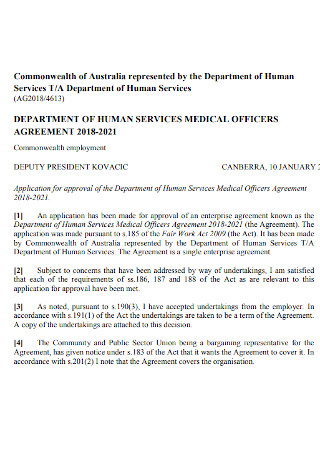
Medical Officers Payment Plan Agreement
download now -
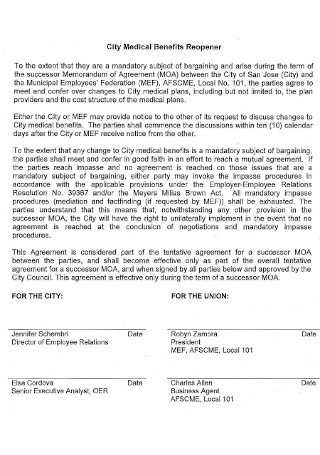
Self Pay Medical Benefits Agreement
download now -
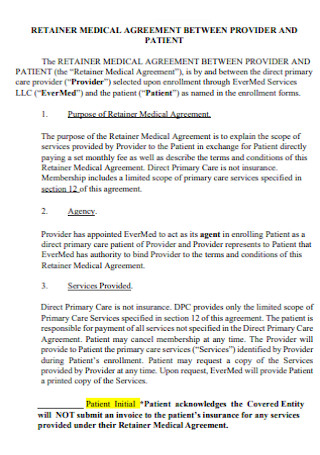
Retainer Arbitration Medical Agreement
download now -
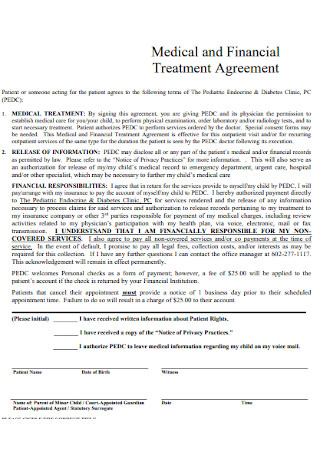
Medical Contract Agreement
download now -
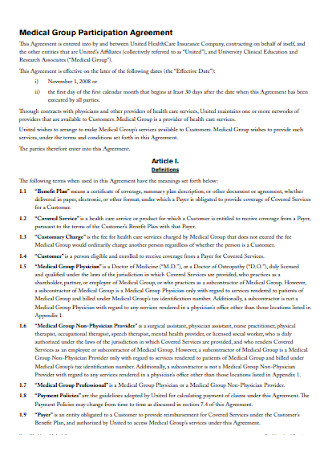
Medical Doctor Group Participation Agreement
download now -
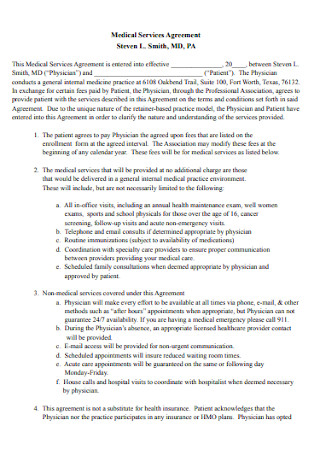
Medical Quality Agreement
download now -
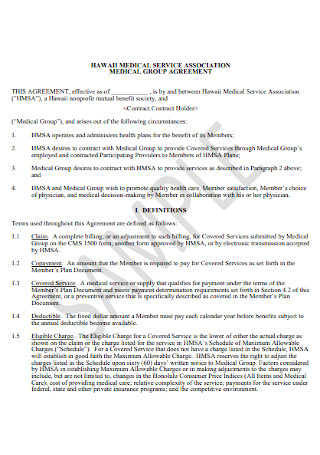
Medical Release Agreement
download now -
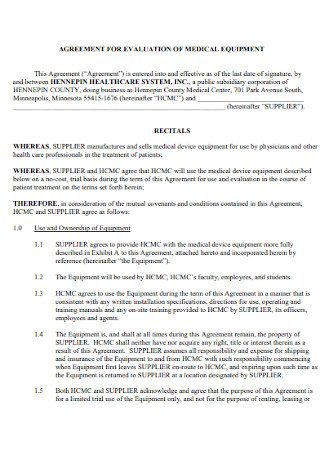
Medical Physician Services Agreement
download now -
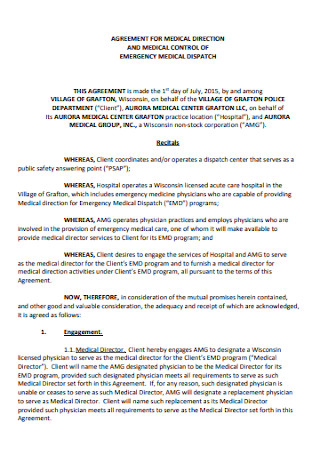
Agreement for Medical Payment
download now -
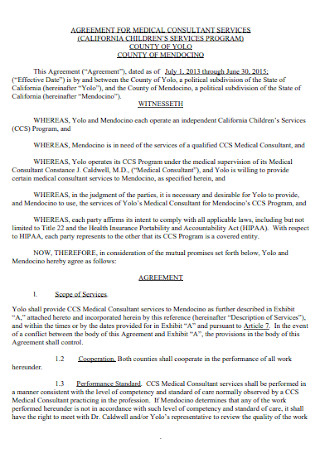
Medical Employment Contract Agreement
download now -
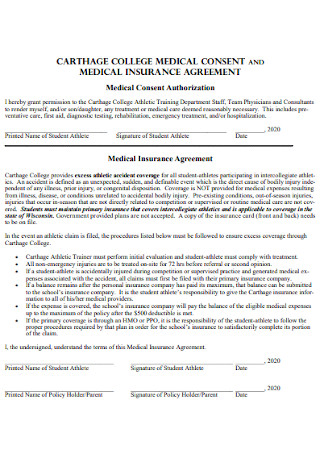
Medical Insurance Agreement
download now -
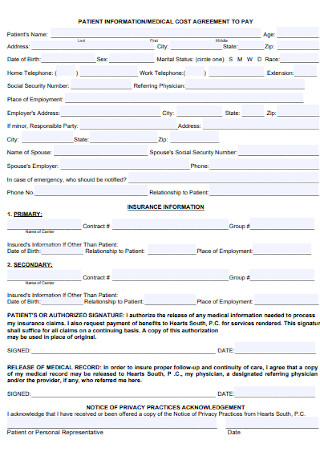
Medical Cost Agreement
download now -

Medical Care Agreement
download now - “]
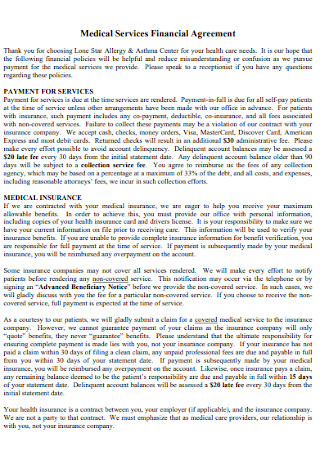
Medical Services Financial Agreement
download now -
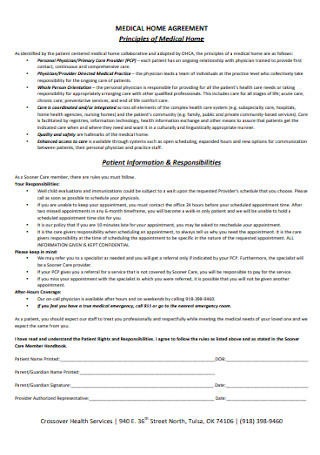
Medical Home Agreement
download now -
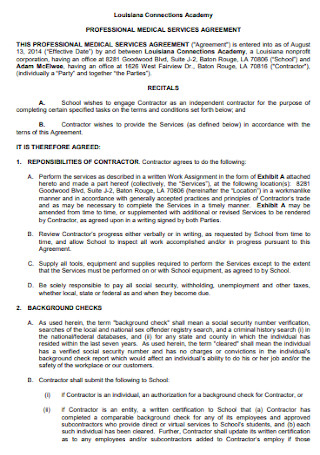
Professional Medical Service Agreement
download now -
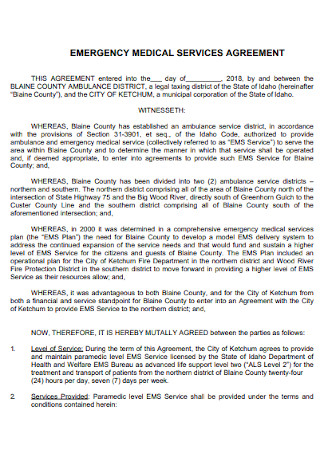
Emergency Medical Service Agreement
download now -
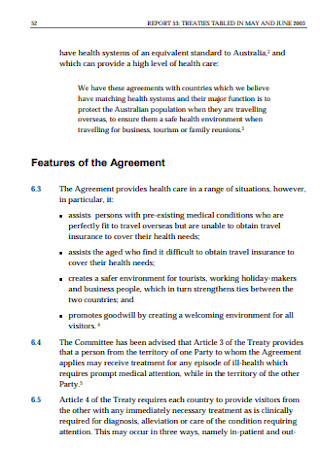
Medical Treatment Agreement
download now -

Medical Materials Agreement
download now -
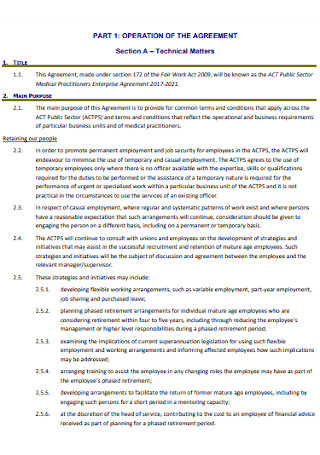
Medical Operation Agreement
download now -
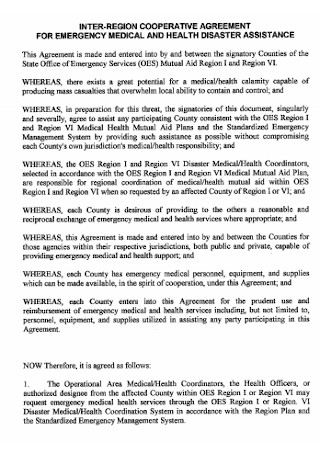
Medical Cooperative Agreement
download now -
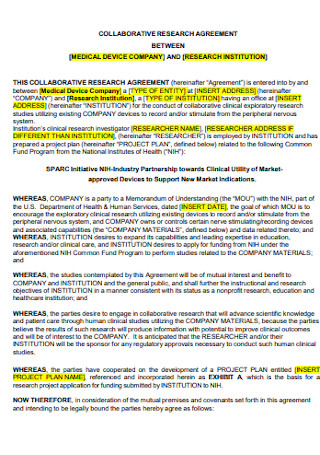
Medical Institution Agreement
download now -
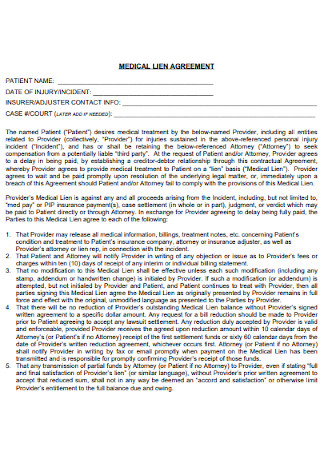
Medical Lien Agreement
download now -

Medical Program Agreement
download now -
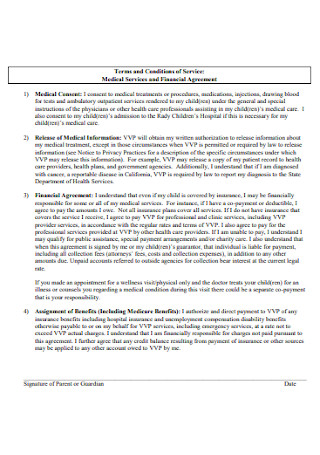
Medical Services and Financial Agreement
download now -

Medical Services Backfill Agreement
download now -
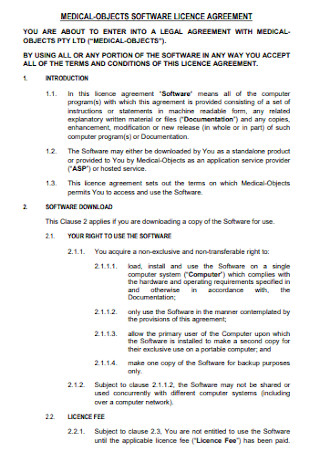
Medical Licence Agreement
download now -
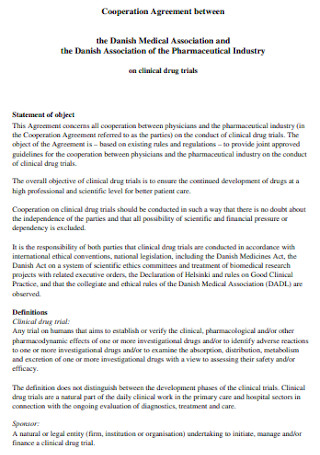
Medical Association Agreement
download now -

Medical Home Agreement Template
download now -
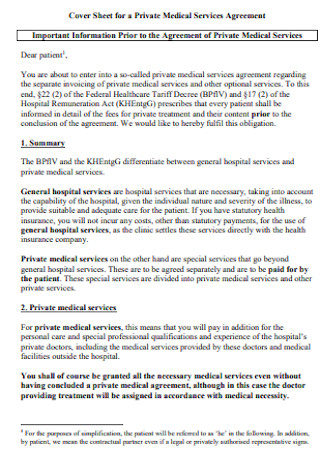
Private Medical Services Agreement
download now -
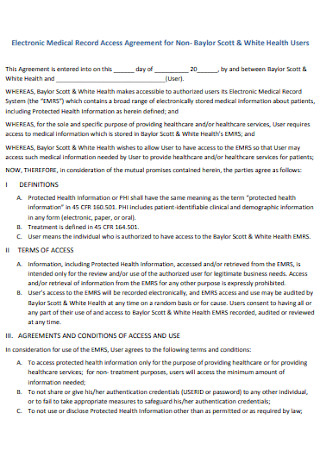
Electronic Medical Record Access Agreement
download now -
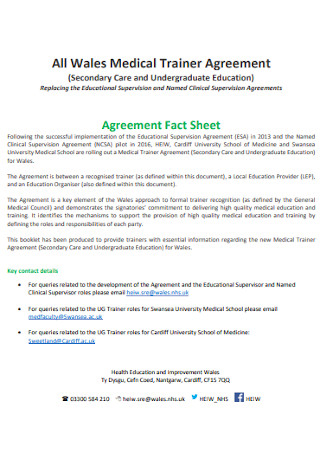
Medical Trainer Agreement
download now -
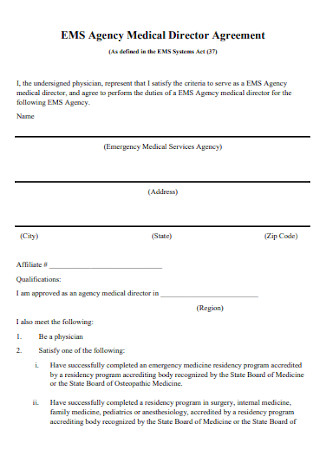
Medical Agency Director Agreement
download now -
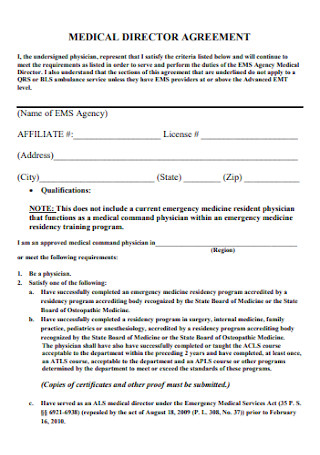
Sample Medical Director Agreement
download now -
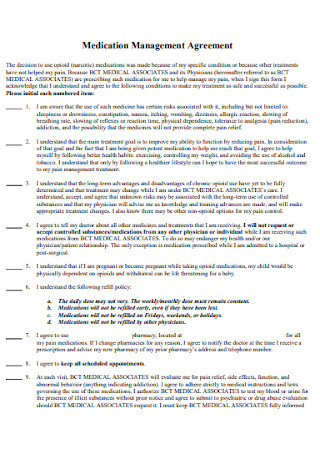
Medication Management Agreement
download now -
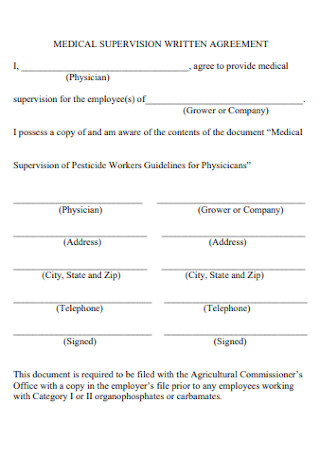
Medical Supervision Written Agreement
download now -
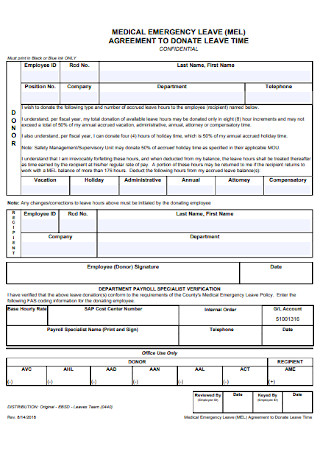
Medical Emergency Leave Agreement
download now -
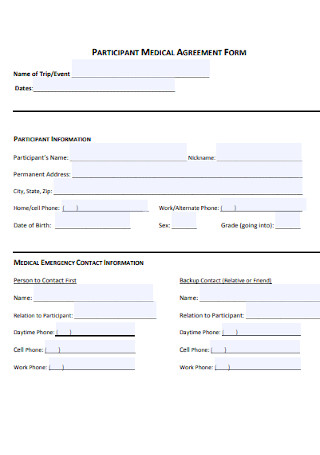
Participant Medical Agreement Form
download now -
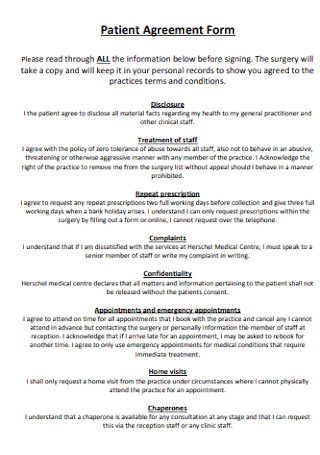
Patient Agreement Form
download now -
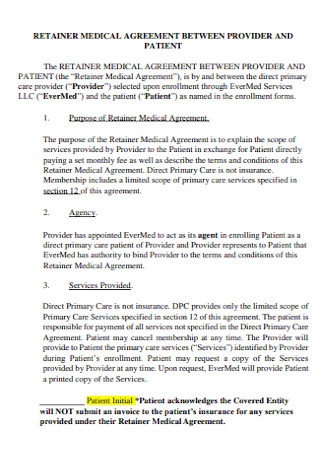
Medical Retainer Agreement
download now -
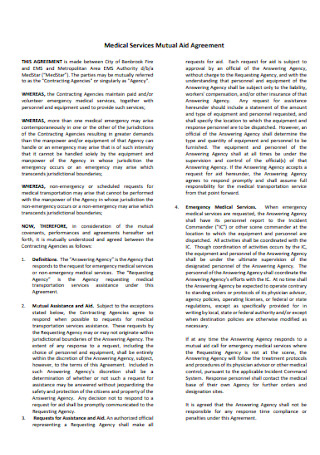
Medical Services Mutual Aid Agreement
download now -
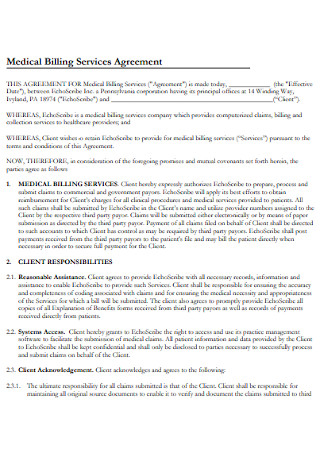
Medical Billing Services Agreement
download now -
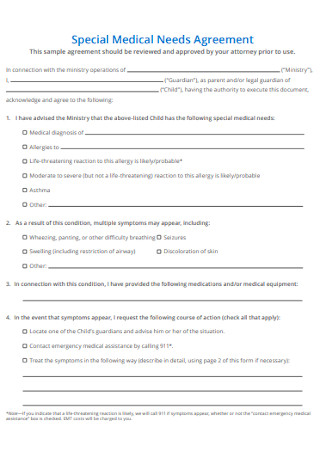
Special Medical Needs Agreement
download now -

Medical Education Agreement
download now -
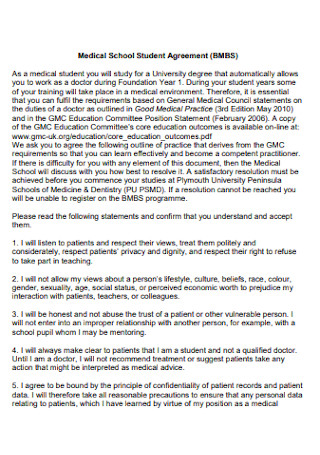
Medical School Student Agreement
download now -
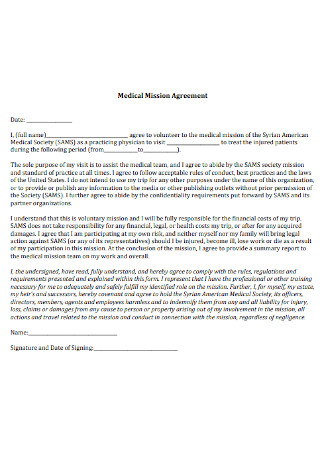
Medical Mission Agreement
download now -
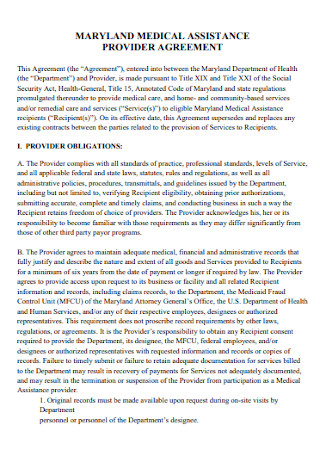
Medical Assistance Provider Agreement
download now -
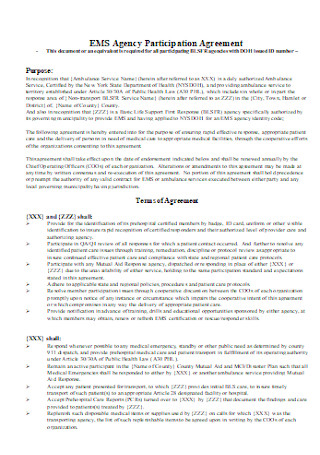
Medical Agency Participation Agreement
download now
What Is a Medical Agreement?
In the healthcare industry, medical agreements are common. The agreement and contract typically involves an arrangement between a patient and a physician, or perhaps, between an employer and a medical service provider. And the deal emphasizes on how parties agree to give the mentioned health services. So, expect the important details in the document down from the fees, terms, liabilities, hospital/office visits, insurance, contract duration, and other services.
A total of 23,518,343 COVID-19 cases around the world were recorded as of August 25, 2020.
Meanwhile, Statista reported that there were almost 1.1 million doctors of medicine in the US in 2015.
Moreover, Statista confirmed that the total expenditure for physician or clinical services reached around $700 billion in 2017.
Why Is a Medical Agreement Important?
Medical agreements are essential since those documents outline how health services shall be managed. Instead of promising verbally, it is more formal to draft an official document—the agreement form. Hence, everyone involved in the arrangement will be aware of what to expect from the medical and hospital services agreement. If numerous details are hard to memorize, refer to your copy of the document that you can use anytime. And if a party agreed to the whole agreement yet committed a dispute, then there are consequences to follow, as stipulated in the form. It also makes sense why many people use the agreement form as evidence in court.
Healthcare, in general, is important. But some people don’t settle for health or medical agreements because of drawbacks like the high cost of care, lack of insurance, or delays. So, an agreement sheet exists to settle out terms regarding a better price, insurance, and timely service. Take employment, for example. Employees would love to work for companies that include health services and insurance in case they get sick. And employers promise that type of service by agreeing with the medical providers under a binding agreement.
What Are the Types of Medical Agreements?
Did you know that a medical agreement is still too general? And just like standard agreements, everything written should be specified to be more understandable. Hence, it would be best if you determined what the medical agreement specifically is according to its types. What are these types? There are four major types of medical agreement, and these are:
How to Make a Medical Agreement
You are already aware of the medical agreement’s definition, importance, and different types. Now for the main dish. Create the medical agreement itself. There is no need to fret, though, because we have prepared plenty of options to help you find the best medical agreement template. So, there is no need to start from scratch because you only need to fill out a template. And if you need tips on how to craft an excellent medical agreement compared to a generic one, we got you covered. Follow these steps:
Step 1: Determine the Agreement’s Purpose
While it is already clear that your purpose of creating a document is for a medical agreement, specify your purpose further. Remember that there are four types of medical agreements too. So which type is your focus? And what are other reasons behind the deal? Those reasons are your guide on how the agreement should turn out like. Maybe the finalized medical agreement sheet hardly meets your purpose if you forgot each reason. And the first step is to identify the form’s purpose is by indicating the specific title on the top of the agreement sheet.
Step 2: Follow the Basic Contract Structure
If you are already familiar with the basic contract structure, the rest of the details after the title will be easy to finish. To review, the basic structure of a contract or agreement starts with the introductory statement or preamble and ends with the signature blocks. And in any order, the structure contains party information, agreement duration, regulations, dispute/termination clause, and other provisions. The point here is that there is a professional format to validate the agreement. Be sure to tailor each element in the sheet formally.
Step 3: Recognize the Parties
The contract structure includes party information. So, introduce the parties according to their complete legal names, contact numbers, and other necessary identification details. Aside from that, note what each party’s roles and responsibilities are. That way, it will be easy to determine who is the doctor, the hospital manager, or any other significant party. Most importantly, clear responsibilities are set. Maybe one party is unaware of what to do from the entire arrangement. Thus, enumerate those tasks to fulfill in the agreement document. Be sure no specific duty is forgotten before submitting the document.
Step 4: Specify the Given Services
Besides knowing who is authorized to provide medical care and services under the document, the given services must be specified. In this section, things are clarified regarding what service providers must offer for patients or clients. Also, the nature of services and the exact level of care will be determined here. Be sure to include the number of hours or the overall duration of work as well. If all parties no longer have questions regarding the medical or healthcare services, that proves that this segment in the agreement is explained thoroughly.
Step 5: Expound if Necessary
While it is imperative to be brief in the medical agreement, a common mistake is when the details inside are too broad. Explain certain points that need further clarification. For example, there could be acronyms or technical words that you assumed all parties already understood. Yet, others do not know what those terms mean. Hence, introduce those words first by providing the definitions. And aim to be specific if you have very broad statements, just like in how you specified the agreement title and given services.
Step 6: Insert the Important Clauses
What keeps agreement forms essential is their underlying clauses, conditions, provisions, and general terms. Thus, work hard in providing the appropriate info here. Divide the clauses first according to their functions. For example, patient confidentiality is handled through the confidentiality agreement clause. That section will help in ensuring a client’s medication information is kept private. Another example is the termination and dispute clause, and this segment notes the terms on what causes the agreement to end or what other consequences follow if parties commit any dispute. If all clauses are provided, polish the form and have its signature blocks signed.
FAQs
What does PSA stand for?
PSA is an acronym for the Physician Services Agreement. The said agreement refers to the financial partnership between a physician and a hospital. As the physician practice is one autonomous entity, doctors or related practitioners receive fair market value compensation by the hospital.
Who are considered as healthcare providers?
The healthcare workforce consists of different professions, yet they serve similar health or medical service purposes. Examples include physicians, nurses, surgeons, therapists, dentists, and even allied health workers. And in a medical agreement, the document should recognize which professionals are involved.
How many medical service types exist?
Generally, there are around four main types of medical services. These are health promotion, rehabilitation, disease prevention, and diagnosis or treatment. And each type has an important role in benefiting people in terms of health.
What are the types of healthcare?
There are three basic types of healthcare—primary, secondary, and tertiary care. Primary care refers to general healthcare, meaning the service tackles on wellness and patient education. Meanwhile, secondary and tertiary care is relevant to severe cases. Thus, specialized training and intensive evaluations are relevant here.
Many people are already aware that healthcare is crucial. Others even agree that having access to medical services is imperative. While plenty of individuals already know that medical or health services’ intentions are good, the problem lies with execution. And execution issues are often caused by poor planning. Hence, any individual or organization that plans on providing healthcare services should create a formal arrangement regarding the parties, responsibilities, terms, and other services. To execute the arrangement properly, start by drafting a well-planned medical agreement.

